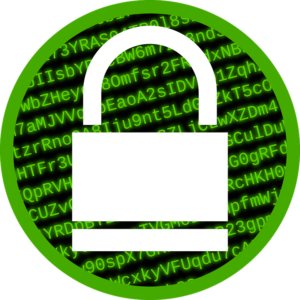[vc_row][vc_column][vc_column_text]The Wanncrypt Ransomware attack is an ongoing cyber attack targeting Microsoft Windows. It has infected more than 230,000 computers in 150 countries with demand of ransom payment. Microsoft has issued a "critical patch" for all users to secure them. So Stay Safe ! Checkout the post below :)
What does ransomware attack do?
There are different types of ransomware. However, all of them will prevent you from using your PC normally, and they will all ask you to do something before you can use your PC.
They can target any PC users, whether it’s a home computer, or Computers of government agency or healthcare provider.
Currently it is usually propagated in a different way compared to Windows:
- Malware on Windows is mostly distributed by phishing mail and web and makes use of platform specific vulnerabilities and features, i.e. currently mainly windows scripting host, macros in office documents and vulnerabilitiesin Office.
- On Linux systems instead it is usually installed by attacking the server, often by using security issues in Wordpress and other CMS.
Ransomware Attack can:
- Prevent you from accessing Windows.
- Encrypt files so you can't use them.
- Stop certain apps from running (like your web browser).
Ransomware will demand that you pay money (a “ransom”) to get access to your PC or files. They make you complete surveys.
There is no guarantee that paying the fine or doing what the ransomware tells you will give access to your PC or files again.
Types of Ransomware attacks
There are two types of ransomware – lockscreen ransomware and encryption ransomware.
- Lockscreen ransomware shows a full-screen message that prevents you from accessing your PC or files. It says you have to pay money (a “ransom”) to get access to your PC again.
- Encryption ransomware changes your files so you can’t open them. It does this by encrypting the files – see the Details for enterprises section if you’re interested in the technologies and techniques we’ve seen.
How to Stay Safe from Ransomware attack?
- Visiting unsafe, suspicious, or fake websites.
- Opening emails and email attachments from people you don’t know, or that you weren’t expecting.
- Clicking on malicious or bad links in emails, Facebook, Twitter, and other social media posts, instant messenger chats, like Skype.
- Don’t click on a link on a webpage, in an email, or in a chat message unless you absolutely trust the page or sender.
- If you’re ever unsure – don’t click it!
- Often fake emails and webpages have bad spelling, or just look unusual. Look out for strange spellings of company names (like “PayePal” instead of “PayPal”) or unusual spaces, symbols, or punctuation (like “iTunesCustomer Service” instead of “iTunes Customer Service”).
A wide-spread ransomware attack, WannaCrypt, targets out-of-date Windows devices. Given the severity of this threat, immediately update your Windows devices
[/vc_column_text][/vc_column][/vc_row][vc_row][vc_column][/vc_column][/vc_row]